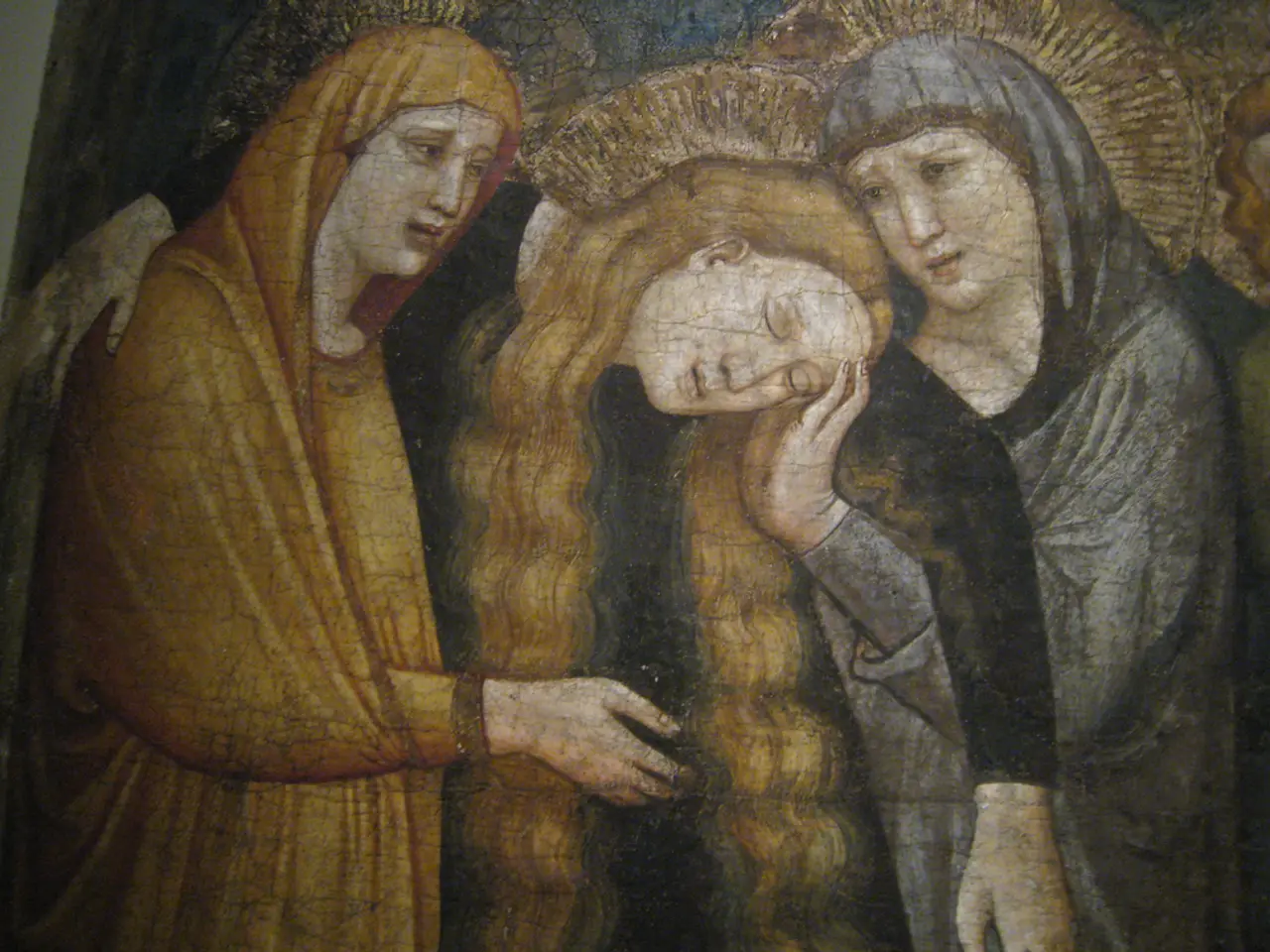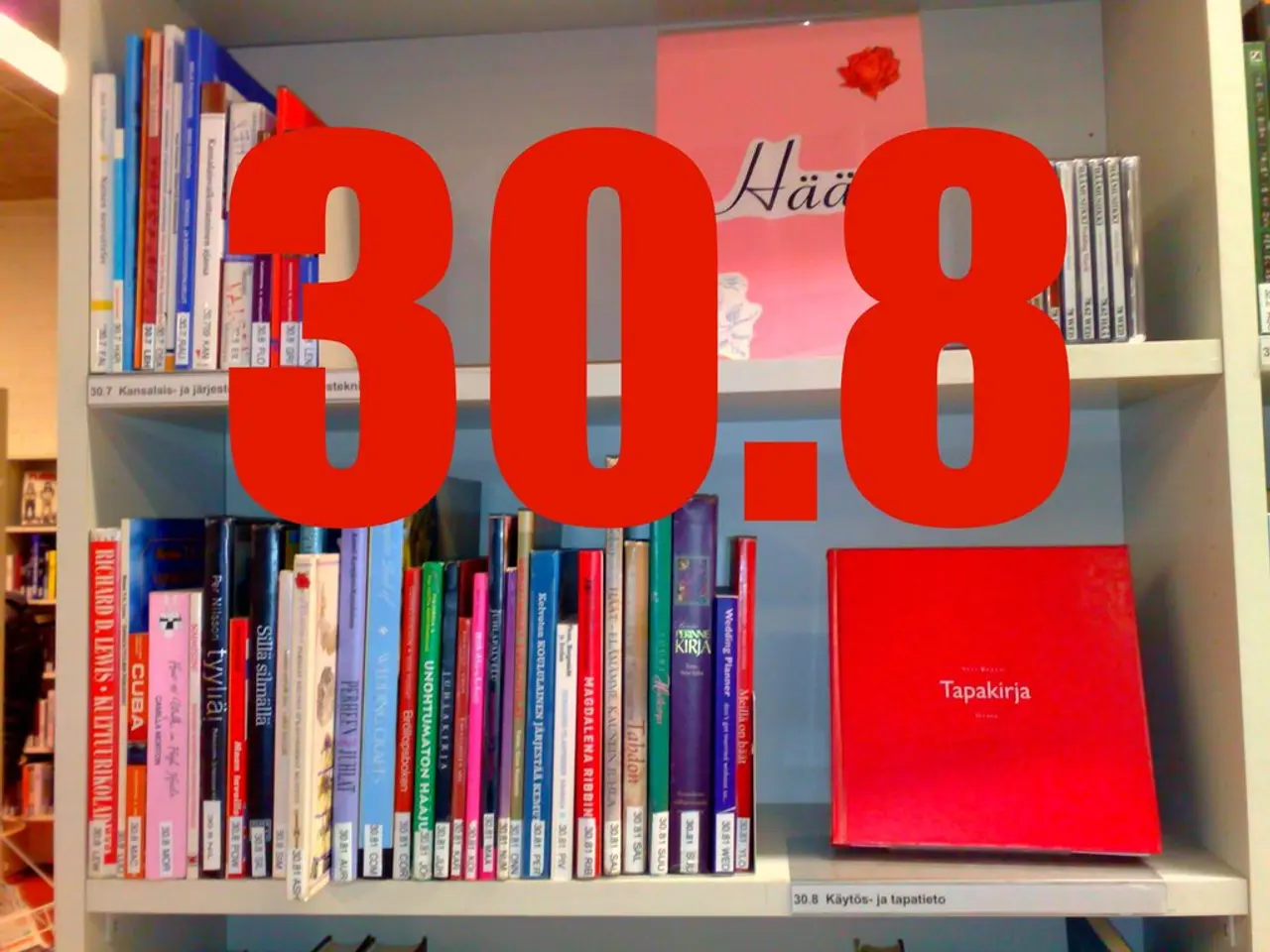Exploring the Evolution of Artwork in Latin America Through History
The Andes Mountains and the Amazon Rainforest, two of South America's most prominent geographical landmarks, have shaped the cultural diversity of the region, giving birth to a vibrant and rich artistic landscape known as Latin American art.
Studying Latin American art today is significant as it offers a window into the region’s rich cultural origins, revealing the intricate blend of Indigenous and pre-Columbian civilizations, European avant-garde influences, and local identities such as nationalism and indigenism. This fusion creates a distinct voice in global art history, echoing social struggles, identity, and political realities deeply rooted in the diverse cultural backgrounds of Latin America [2][4].
One of the key aspects of Latin American art is its role in showcasing decolonial and Indigenous narratives, contributing to conversations on social justice, human rights, and identity politics. Contemporary platforms like SP-Arte and new art foundations such as Fundación Cervieri Monsuárez emphasize this by presenting a vibrant range of media—painting, ceramics, textiles—while highlighting women artists and younger collectors, underscoring the art form’s ongoing relevance and evolving influence [1][5].
Latin American art also serves as a means of cross-cultural integration and dialogue, connecting distant regions through shared histories of migration and cultural exchange. This is exemplified by collaborations between Latin America and the Middle East, fostering mutual understanding and highlighting unexpected global linkages, extending the influence and appreciation of Latin American cultural heritage worldwide [3].
In summary, the study of Latin American art today is vital for understanding its deep Indigenous and colonial cultural origins integrated with contemporary forms, recognizing its influence in articulating social and political struggles, appreciating its role in global cultural exchanges and integration, supporting emerging art markets and new cultural hubs, and acknowledging its unique and intriguing plurality of meaning [4][1][3][5].
The region of Latin America, stretching from Mexico to Honduras, forms part of Mesoamerica, while all the countries to the south of Panama comprise South America. Pre-Columbian Latin America had networks of exchange that stretched from Mesoamerica to South America. The term "Latin American art" is debatable, as some scholars argue it is a non-Western artistic tradition that owes more to pre-Columbian roots than European influences [6].
The term "Latin America" was coined in the 19th century to denote difference from the "Anglo-Saxon" people of North America. The plurality of meaning and the inability to neatly title or categorize Latin American art is what makes this area of study unique and interesting [7].
In the globalized art world, contemporary artists working in Latin America give new meaning to what it means to be a Latin American artist, transcending geographical boundaries and embracing a global identity [8]. The United States also factors into the discussion of Latin American art through the work of Latino, Chicano, and Nuyorican artists.
The Amazon Rainforest, the world’s largest tropical rainforest, is mostly contained in Brazil but extends into several other South American countries. Latin American art is often presented as derivative of European or North American art or treated as the "other" in a Western context. However, its unique fusion of cultural influences, social commentary, and global connections make it an invaluable and captivating area of study [9].
References:
- ArtNexus
- Latin American Art
- The Art Newspaper
- El País
- Artnet
- JSTOR
- The Guardian
- Hyperallergic
- The New York Times
In the globalized art world, studying Latin American art offers invaluable insights into its unique cultural origins and contemporary forms, reflecting a plurality of meaning that transcends traditional categorization and embraces a global identity [1, 4, 8]. Furthermore, the exploration of Latin American art contributes significantly to education-and-self-development, enriching our understanding of social justice, identity, and lifestyle, as it showcases diverse perspectives from Indigenous and colonial histories to modern narratives [2, 5, 9].
In addition to shaping global art history, Latin American art serves as a bridge for cross-cultural dialogue and integration, connecting the rich tapestry of regional identities with other arts and cultures around the world [3, 7]. By pursuing studies in this area, one can appreciate the artistry and laughter, struggles and obstacles, philosophies and ideologies present in Latin America's art history, lifestyle, and education-and-self-development.




